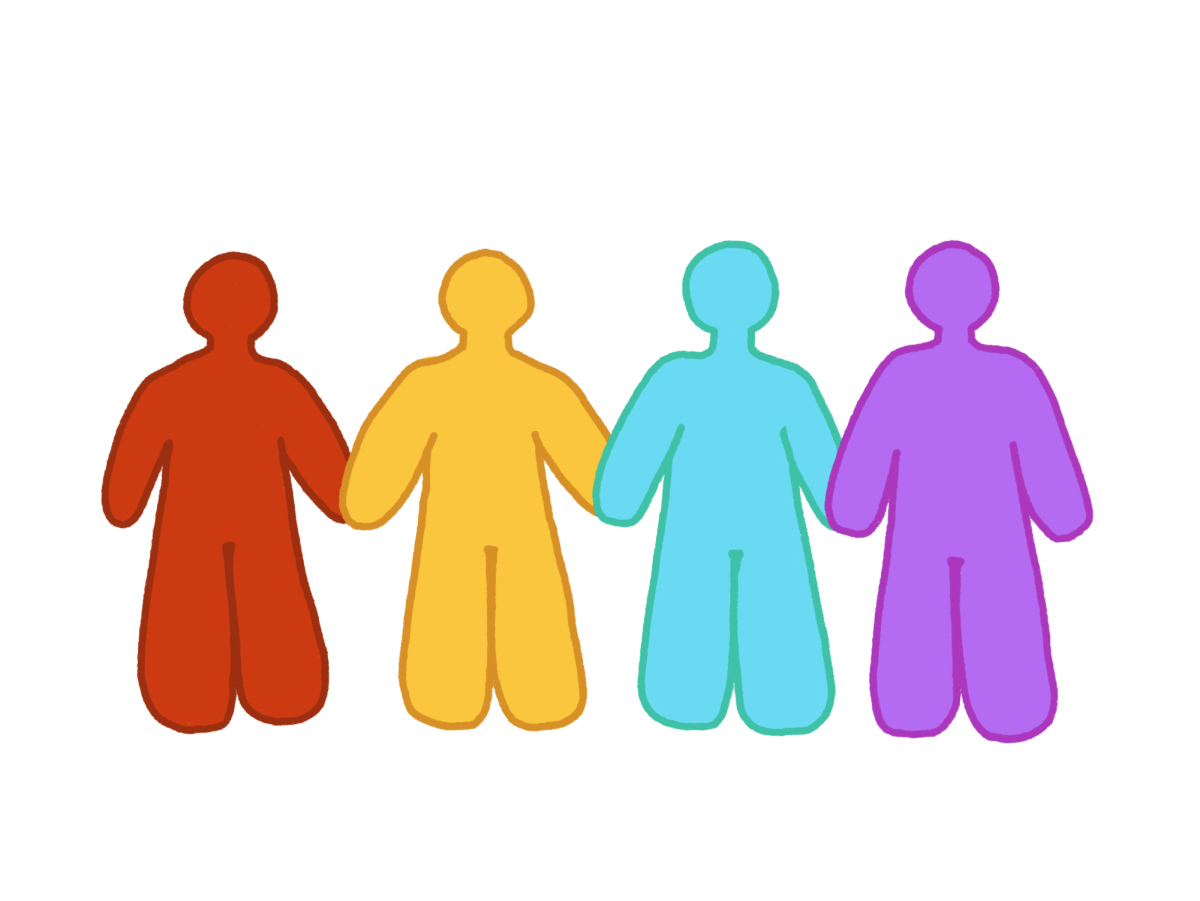Local legend Red Wassenich coined the slogan “Keep Austin Weird” over 20 years ago. Perfectly embodying the quirky, laid-back culture of Texas’ capital city, this phrase has served as motivation for locals to preserve and support Austin institutions such as the Cathedral of Junk, Waterloo Records, and Guerro’s Taco Bar that shape the city’s weird vibe in the face of retailing giants and increasing rent prices. However, recent changes have left many locals wondering if Wassenich would still say Austin has any weirdness left to keep in 2025.
For example, an iconic part of Austin culture, South Congress, is becoming noticeably more polished and mainstream. Chain stores and trendy brands such as Hermés, Lululemon, Aviator Nation, and Alo have popped up on what Austinites call SoCo. A street that used to be lined with small businesses, such as Mi Casa, the Good Company, and Sunroom, has been replaced by nonlocal retailers, resulting in significant changes in the city’s signature vibes.
Small businesses and independent creatives fuel Austin’s weirdness, and increasing rent prices have made it hard for these unique stores and restaurants to stay open. According to KUT News, from 2021 to 2023, the average rent in the Austin area rose 29%. Although in the last two years, the prices have lowered slightly. As of December 2024, according to Zillow, the average price for Austin rent was right around $1,645, which is still very high and unsustainable for the Austin population that works in small businesses or independent corporations. This makes paying employee wages incredibly difficult for small business employers, and lower wages force many employees to work multiple jobs or quit entirely and move out of the city.
Additionally, Austin is known as the Live Music Capital of the World. According to Go Banking Rates, Austinites must make $122,000 to live comfortably in the city. However, according to Indeed, the average salary for local Austin musicians is $28,765 per year, 45% below the national average. These musicians are the foundation of Austin, and because of the current economic state, they cannot survive in the city, leaving a hole in Austin’s culture.
The loss of local treasures like Shady Grove and Threadgills has disappointed and even angered many Austinites. However disappointing it might be to see local businesses replaced by large chains, this mix of new and old is the defining factor of Austin’s weirdness. The constant ebb and flow of new businesses moving in and out of the city attracts new creators, thinkers, and entrepreneurs annually, making Austin so diverse. Although remembering the past is necessary to preserve our history, Austin’s culture is defined by change, and it’s impossible to change if we cling to events, places, and ideas from years long past. Instead, we should appreciate the ingenuity and creativity that flourishes in Austin, even if that means saying goodbye to our favorite restaurants and stores.
For example, an Austinite living in 1884 might not have appreciated the construction of the newest Driskill hotel that drastically changed the city. However, today, the Driskill is an integral part of the city, hailed as a symbol of hospitality and luxury. In reality, Austin is always changing, and that’s what makes our capital city uniquely weird.






